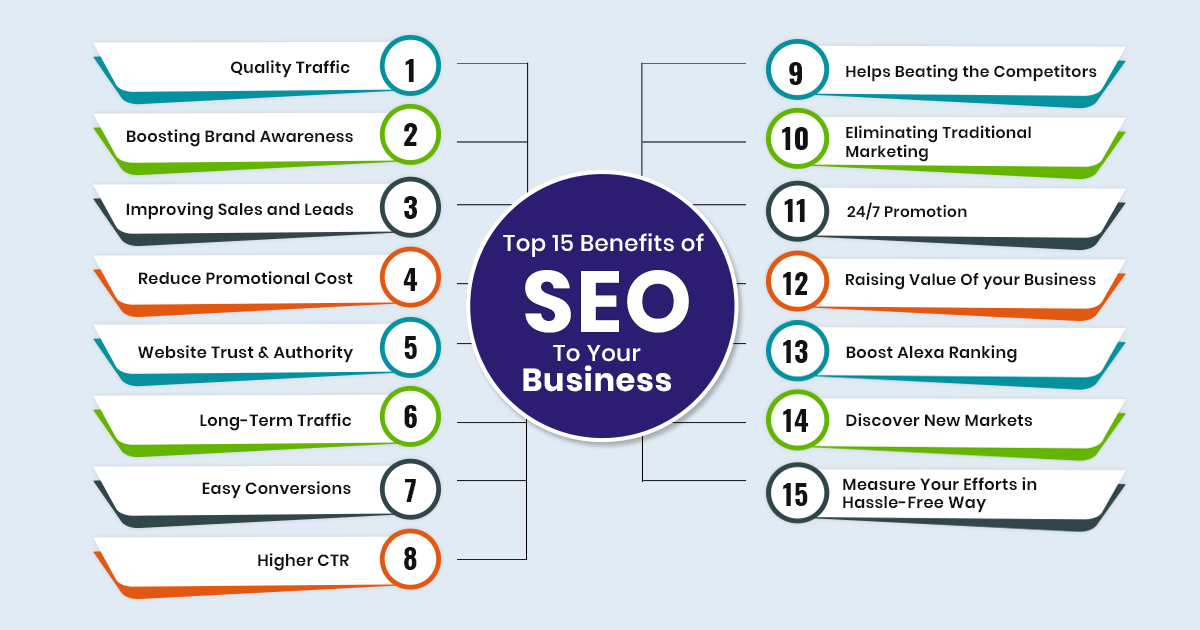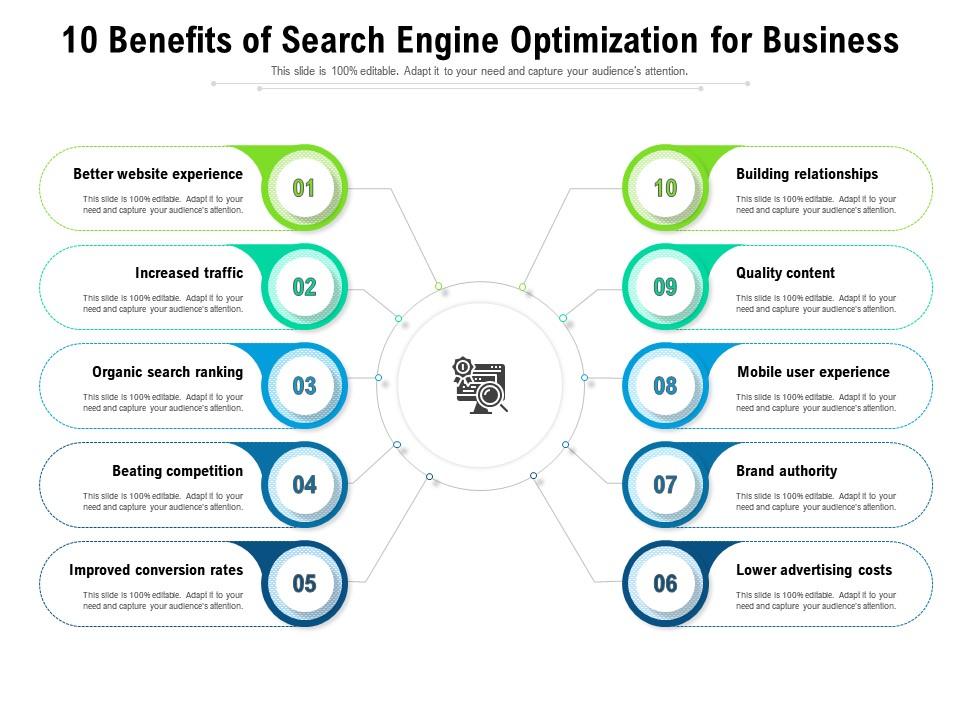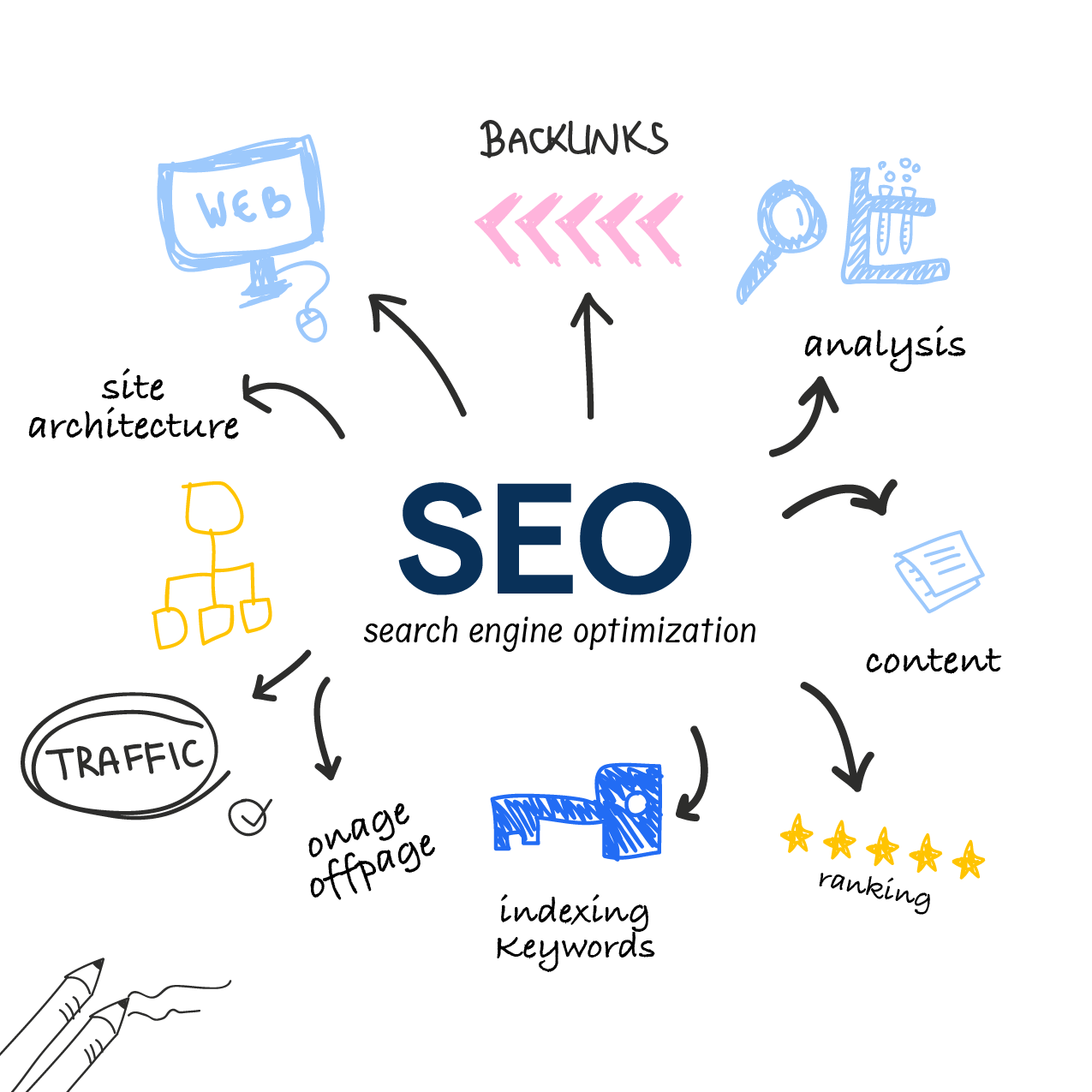Search Engine Optimization
(2025-07-23T20:20.033Z)
Perplexity Query
(2025-07-23T20:20
.033Z)
Question:
Write a comprehensive one-page article about "Search Engine Optimization".
Model: sonar-pro
SEO, A Primer:
Search Engine Optimization (SEO) is the practice of enhancing a website’s visibility and ranking in search engine results pages (SERPs), with the goal of attracting more organic (unpaid) traffic.
[39yusr]
[htcn1z]
[kxny92]
As a cornerstone of digital marketing, SEO is essential because it directly impacts how easily potential customers can find your products, services, or content online—often making the difference between business growth and obscurity.
[39yusr]
[kxny92]
- On-page SEO covers elements within your website, such as keyword optimization, high-quality content, meta tags, user experience improvements, and structured data markup. [htcn1z] For example, a bakery in New York might optimize its site to rank for “best cupcakes in NYC” by using that phrase in its headlines, image alt text, and throughout relevant blog posts. [xf4umo]
Practical applications of SEO are widespread. E Commerce stores utilize SEO to attract buyers searching for specific products. Local businesses implement local SEO to appear in “near me” searches, driving foot traffic and phone calls.
[9bvr3l]
Even large news outlets and educational organizations use SEO to increase the reach of their content, ensuring it surfaces for relevant queries.
The benefits of SEO are significant and multifaceted. It delivers increased organic traffic—users who are actively searching for what you offer, leading to higher conversion rates.
[39yusr]
[195yld]
[kxny92]
SEO also contributes to a better user experience by promoting fast load times, mobile responsiveness, and easy navigation, which search engines favor.
[39yusr]
Over time, SEO generates sustainable, compounding growth; as your website gains authority and content depth, it attracts even more visitors, reducing dependence on paid advertising.
[195yld]
Additional advantages include improved brand awareness, credibility, and a higher return on investment compared to traditional marketing.
[39yusr]
[kxny92]
[9bvr3l]
However, SEO also presents challenges. Search engine algorithms are constantly evolving, requiring ongoing adaptation and learning. Achieving high rankings can be competitive, especially in saturated industries. Results are rarely immediate; building organic visibility takes time, consistent effort, and the ability to respond to technical and content-related issues.
[195yld]
[9bvr3l]
The current state of SEO reflects its critical role in the digital ecosystem. Virtually every business with an online presence invests in SEO to some degree, from startups to global enterprises.
[kxny92]
Major players include Google, Bing, and a growing suite of AI-driven platforms that influence how content is discovered and ranked.
[195yld]
Modern SEO now extends beyond traditional web searches to encompass voice assistants, AI-generated overviews, and chat-based search experiences.
[195yld]
Key technologies include AI-powered tools for keyword research, content optimization, and analytics.
Recent trends highlight the growing importance of user intent, mobile-first indexing, and the integration of structured data to enhance search results. The rise of AI and machine learning in search algorithms means that SEO strategies must now consider how content is interpreted by increasingly sophisticated systems.
[195yld]
Looking ahead, the future of SEO will be shaped by advances in artificial intelligence, deeper personalization, and the proliferation of new search interfaces—from smart devices to augmented reality.
[195yld]
As search engines become more adept at understanding context and user intent, businesses will need to prioritize high-quality, relevant content and technical excellence to maintain visibility and competitiveness.
 Source: https://digitalmarketingstudio.in/seo/benefits-of-seo
In summary, Search Engine Optimization is a foundational strategy for online success, offering sustained growth, improved user experience, and competitive advantage. As search technology evolves, SEO will remain vital—rewarding those who adapt and innovate with greater digital reach and impact.
Source: https://digitalmarketingstudio.in/seo/benefits-of-seo
In summary, Search Engine Optimization is a foundational strategy for online success, offering sustained growth, improved user experience, and competitive advantage. As search technology evolves, SEO will remain vital—rewarding those who adapt and innovate with greater digital reach and impact.

